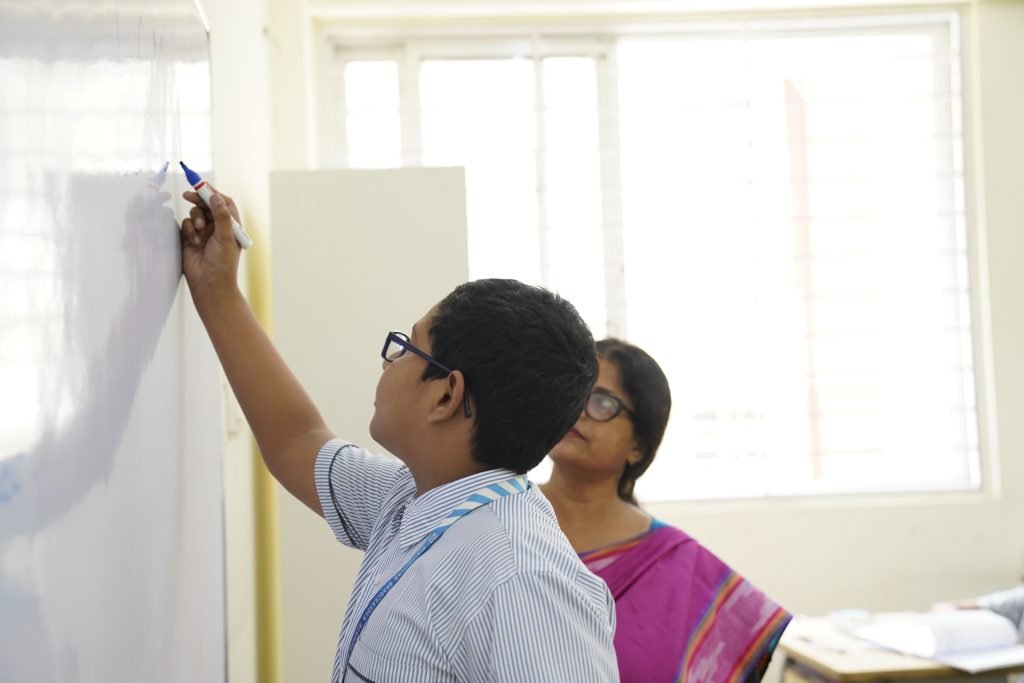The New Education Policy was released on 30th July, 2020 and was approved by the cabinet. The moto of the new policy was to ‘educate, encourage and enlighten’. It is the first education policy released in India. Under the new policy, numerous changes were made in the education system, starting from the school to college level. The Ministry of Human Resource Development has been renamed as the Ministry of Education. PrakashJavadekar (Union Information and Broadcasting Minister) hopes that the policy will be welcomed and accepted by all.
Key Highlights Of The New Education Policy
1. HRD ministry is aiming to increase the gross enrolment ratio to around 50% within 2035. The education system will be both holistic and multidisciplinary and allow flexibility of subjects.
2. If a student wants to leave a course in the middle, there will be numerous entry and exit points to ease the process. The Academic Bank of Credits will transfer the credits.
3. There will be no M.Phil. programmes. The base of all the courses at undergraduate, postgraduate and PhD level will be more than one branch of knowledge.
4. As far as disadvantaged regions are concerned, special education zones will be set up and knowledge imparted online through a National Education Technology Forum.
5. E-content or online study material will not only be available in English and Hindi but also in 8 regional languages, including Odia, Kannada and Bengali.
6. Children between the age group 3 to 18 years have to follow the new 5+3+3+4 format instead of the previous 10+2 structure. Students don’t have to choose from the rigid streams of arts, commerce and science. They can choose any course they want.
7. Students can take up coding from class 6. It will be a part of the school curricula in a bid to impart 21st-century skills.
8. NCERT will develop a National Curricular and Pedagogical Framework for Early Childhood Care and Education (NCPFECCE) for children till class 8.
9. Board exams are expected to undergo huge changes with a focus on reducing the stress associated with these exams. The exam will be conducted twice every year in two parts, they are objective and descriptive.
10. Children will get to know the marks they have obtained in each subject through a 360-degree holistic report card. They will also be informed about their skills and other vital points. Both teachers and students will review the report card.
11. National Testing Agency (NTA) will conduct common entrance exams twice every year for all higher education institutes. The exam will be optional and not mandatory.
12. There are more than 45000 affiliated colleges in India. Colleges will get undergraded autonomy, academic, administrative, and financial autonomy according to the status of their accreditation.
13. MHRD (Ministry of Human Resource Development) will set up a national mission on Foundational Literacy and Numeracy.
Choose The Right School
Since your knowledge about the New Education Policy has enhanced, it’s time you start looking for the best English medium school in South Kolkata. In some schools, coding is compulsory from class 6 onwards, robotics is started from an early age like class 1 and stem skills vocational training from class 6. There are various clubs to inculcate these skills from the beginning. Equal importance is paid to gardening, social service, handicrafts, pottery and other extra-curricular activities. Purushottam Bhagchandka Academic School is one of the few schools in South Kolkata whom you can trust for your child’s education. Their teachers and students have already started adapting to the new education policy.



